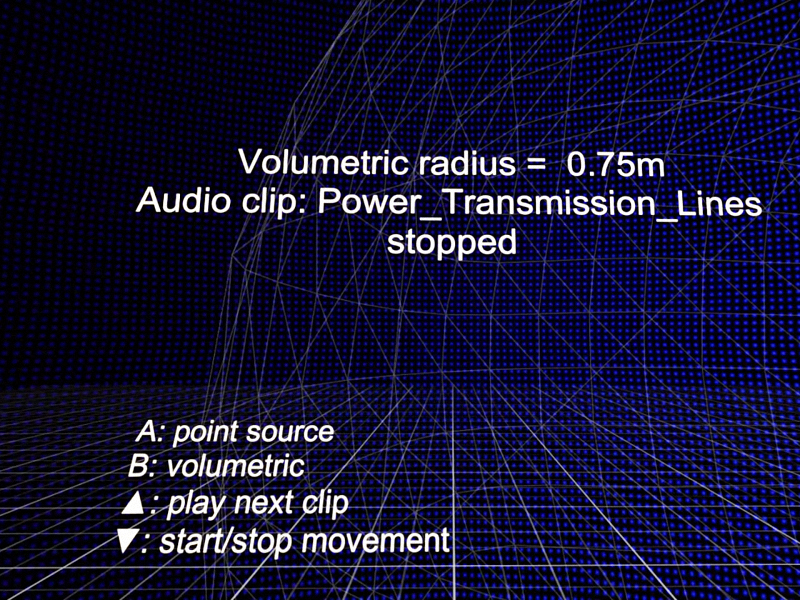
Oculus makes virtual worlds even more realistic
Space sound with Oculus Rift has been so far optimized for sound sources that are at least one meter away from the player. This is sufficient to determine the direction and the approximate distance of sounds and noises.
With Oculus Touch, the company brought the user’s hands into the virtual reality, which means that in games and applications a lot more is happening in the immediate vicinity of the player.
With the recently introduced Near-Field HRTF, developers can model sounds much closer than one meter away with a greater degree of accuracy. This makes a whisper or a ringing telephone closer to your head much more believable.
Volumetric Sound Sources
The second innovation concerns volumetric audio sources such as waterfalls or marine noise that do not originate from a single point and fill a larger space.
With the new tool, the volumetric Sound Sources let sound designers model objects of virtually any size in a way that sounds realistic. Rather than trying to pinpoint the source of a sound, designers can give a sound a radius—the larger the assigned radius, the larger the sound’s source.
As you get closer to the radius, the sound will get progressively louder. Once you step inside the radius, you’ll hear the sound all around you. While Volumetric Sound Sources alone don’t provide a sense of scale, they’re an important tool along with reverb balance and dynamics to help designers get the right mix.
“The work we’re doing in this area makes what you perceive in VR feel like the real world without having to actually model the real world,” explains the Software Engineering Manager Pete Stirling. This should make it easier and faster than ever for developers to bring realistic VR experiences to life.
“All these little cues that you’re used to having in real life—they aren’t there in VR,” Smurdon adds. “We’re slowly adding them in. Every little piece is cumulative, and it makes a huge difference.”
